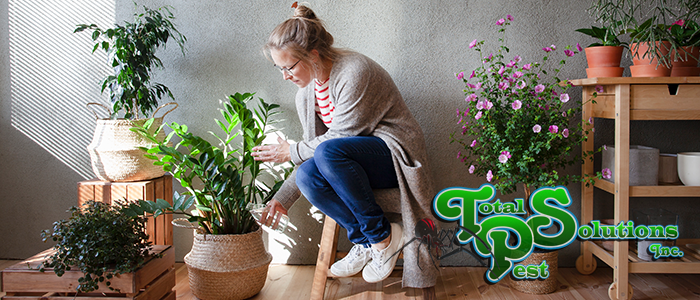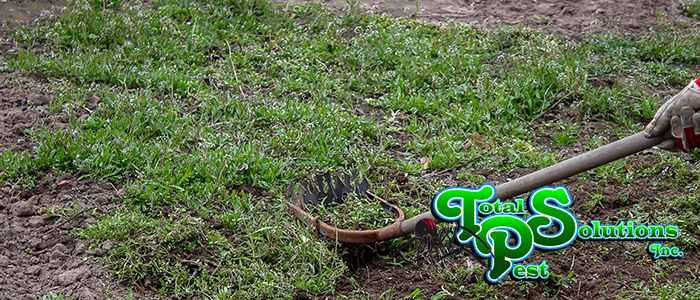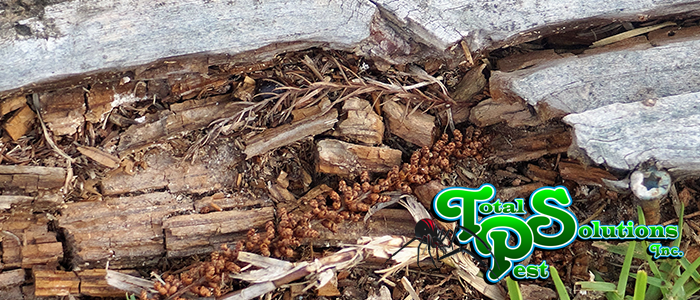
The Best Pest-Proof Indoor Plants
Having indoor plants in your home is one of the best ways to add some life to any kind of space, with some of them producing herbs and small vegetables you can use in your kitchen, and others filtering out toxins that may be in the air.
However, not all plants are the same. They all have different needs and conditions that they thrive in. Similarly, some plants, while pretty, have an unfortunate tendency to attract pests to them. Whiteflies, gnats, and worms in your house can not only be a disgruntling find, but can end up attracting even bigger pest problems.
Thankfully, while there are plants that attract pests, there are also plants that deter infestations naturally and are resistant to pests. Take a look at our selection of some of the best and most popular.
Snake Plants
Known colloquially as the “snake plant” or “snake grass,” Sansevieria trifasciata is a very popular choice for house plant that is native to West Africa and also happens to be one of the easiest to grow indoors. Even in dark spaces, snake plants require a minimal level of maintenance and water, and as an extra bonus, they also remove harmful toxins from the air like benzene, xylene, formaldehyde, and trichloroethylene.
A versatile plant to be sure, snake plants also come in a wide variety of species, sizes, and variations, so they can fit into just about any home or office space. Just be aware that they are toxic when ingested for not only pests, but children and pets as well.
Bromeliads
From the tropical parts of the Americas, bromeliads have thick and fleshy leaves that are difficult for pests to chew on, and are easily watered by pouring into the “cup” of the plant where the leaves meet. Pineapple plants also fall into the bromeliad category, but you’re better off going with more decorative species indoors.
Bromeliaceae are known to survive for weeks without water and can grow in artificial light, but are much more bright and colorful when able to work with natural light. Unlike snake plants, bromeliads are also not toxic when consumed.
Cast Iron Plant
Getting its name from the fact that it’s difficult to kill, Aspidistra elatior, or the “cast iron plant” is native to Japan and Taiwan, looking like a peace lily with less elegance and more hardiness. With a preference for hot and dry conditions, this plant grows slowly and is safe for children and pets.
Jade Plant and Conclusion for Indoor Plants
Also called the “money plant” from the belief that this plant brings good fortune to its owners, crassula or the “jade plant” is native to South Africa, but has an immense popularity all over the world as indoor houseplants. However, unlike some of the hardier plants on our list, the jade plant needs a lot of bright light in order to grow and flourish, with a preference for direct sunlight.
When taken care of properly they can grow old and large, and also purify the air, but like the snake plant, they are toxic when consumed by pets and children. But, if you do have an existing problem with pest plants, we at Total Pest Solutions might be able to help.
continue reading
Related Posts
Holiday Pest-Free Homes in Winter Haven: Avoiding Cargo Pests As
Auburndale’s Mole Cricket Damage: Repairing Turf Before Frost As the
Lakeland’s Fall Termite Swarms: Early Detection Tips As the summer






